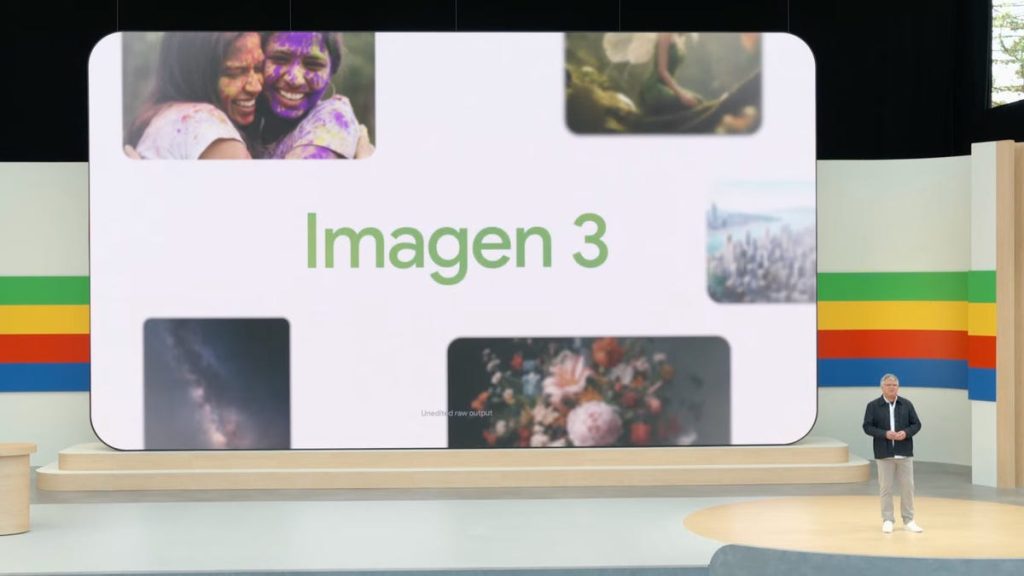Google introduced Imagen 3, its latest image generation model, at the Google I/O developer event. This new version is capable of producing more photorealistic images with details such as sunlight or whiskers on animals. It also pays attention to smaller details like wildflowers or birds in longer prompts. The release of Imagen 3 comes after the launch of Imagen 2 in December 2023, and signups for access to the new model are now open. It is set to become available to developers and enterprise customers through Vertex AI.
The drive to enhance image and video generation models has been evident in 2024, with various companies like OpenAI, Adobe, and Google introducing new models to expand chatbot capabilities beyond text. Douglas Eck, senior research director at Google, highlights Imagen 3 as the company’s most advanced model for rendering text, addressing a significant challenge in image generation models. He mentions that the model excels in understanding prompts written in a natural and creative way, resulting in higher-quality outputs. Imagen 3 is designed to generate fewer distorted images compared to its predecessors.
The emphasis on improving the text rendering capabilities of image generation models suggests a push towards more realistic and immersive content creation. With Imagen 3, Google aims to cater to users who require detailed and accurate image outputs for various applications. By understanding prompts written in a more human-like manner, the model can generate images that align more closely with the original intent and context provided by users. This focus on user-centric design and performance enhancement aligns with Google’s ongoing efforts to advance AI technologies for practical use cases.
As part of their AI strategy, Google is leveraging Imagen 3 to advance the field of image generation and enhance user experiences across different industries. By providing access to the model through the Vertex AI platform, developers and enterprise customers can harness its capabilities for a wide range of applications, spanning from content creation to visual storytelling. The iterative progression from Imagen 2 to Imagen 3 signifies a commitment to refining and optimizing image generation technologies to meet evolving user needs and market demands. Through continuous innovation and collaboration, Google seeks to push the boundaries of AI-powered image creation.
The development of Imagen 3 underscores Google’s dedication to advancing AI research and applying cutting-edge technologies to real-world applications. By introducing more photorealistic images and improving text rendering capabilities, the model represents a significant milestone in the evolution of image generation models. The company’s strategic focus on enhancing user experiences through AI-driven solutions showcases its commitment to innovation and customer-centric design. Moving forward, Google’s efforts in AI development are likely to shape the future of content creation, visual communication, and interactive media experiences.


